23 Wild Animals in Turkey [Wildlife in Turkey]
Want to know more about the wildlife in Turkey?
Discover 23 wild animals in Turkey in this post, as well as interesting facts about them. 🇹🇷
Learn All About Turkish Animals
Ready to learn all about Turkish animals?
I’ve always been fascinated by animals, and by how they can be so different from one country to another. In this guide, we’ll focus on the many animals Turkey has on the land, in the sky, and underwater.
I’ve split the guide into 5 categories:
- Native animals from Turkey
- Endangered animals of Turkey
- What is the national animal of Turkey?
- How many animals native to Turkey?
- What animal is most common in Turkey?
Let’s dive in right away with our first category!
Native Animals from Turkey
Turkey is a transcontinental Asian and European country located in the eastern part of Europe and the western part of Asia. It is one of the world’s earliest permanent settlements, was home to the Ottoman Empire, has a geopolitically very strong location, and used to be occupied by the Allied Powers before claiming its independence after World War I. It is bordered by Greece, Georgia, Azerbaijan, Armenia, Iraq, Iran, Syria, and Bulgaria, and although its largest city is Istanbul, its capital is Ankara, which counts more than 5,156,000 inhabitants (but more than 5,747,000 if you include the metropolitan area).
An interesting part of the country that I wanted to tackle is its wildlife. In light of that, I have listed the best of it, and I hope you will love learning what animals live in Turkey.
Here’s the Turkey animals list.
1. Anatolian leopard
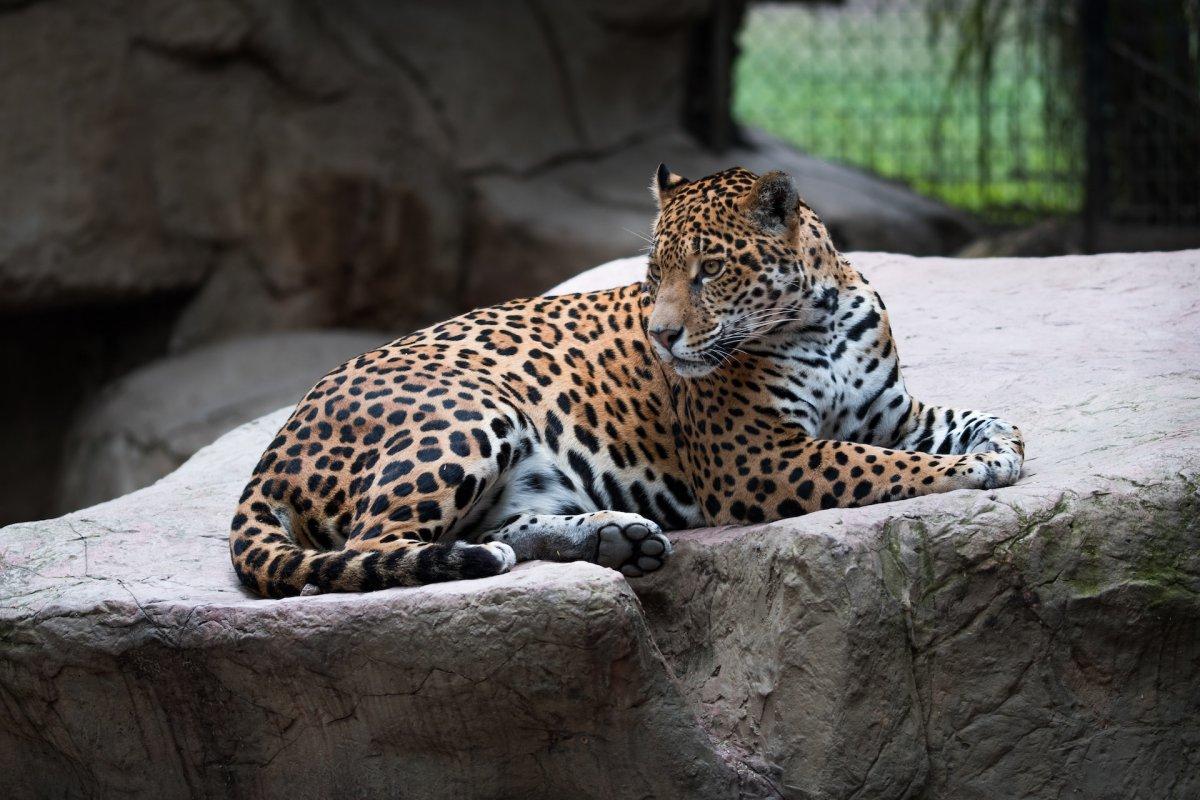
- Name: Anatolian leopard
- Scientific name: Panthera pardus tulliana
- Conservation status:
The Anatolian leopard, also known as the Persian leopard or the Caucasian leopard, is a subspecies of the leopard native to the areas around Turkey, Iran, the Caucasus, Afghanistan, and Turkmenistan. It has been considered endangered since 2016, and there are fewer than 1,000 mature individuals in the wild. It is threatened by the depletion of prey, human disturbance, and poaching.
This felid preys on multitudes of medium to large mammals, including the chamois in Turkey.
2. Anatolian chamois
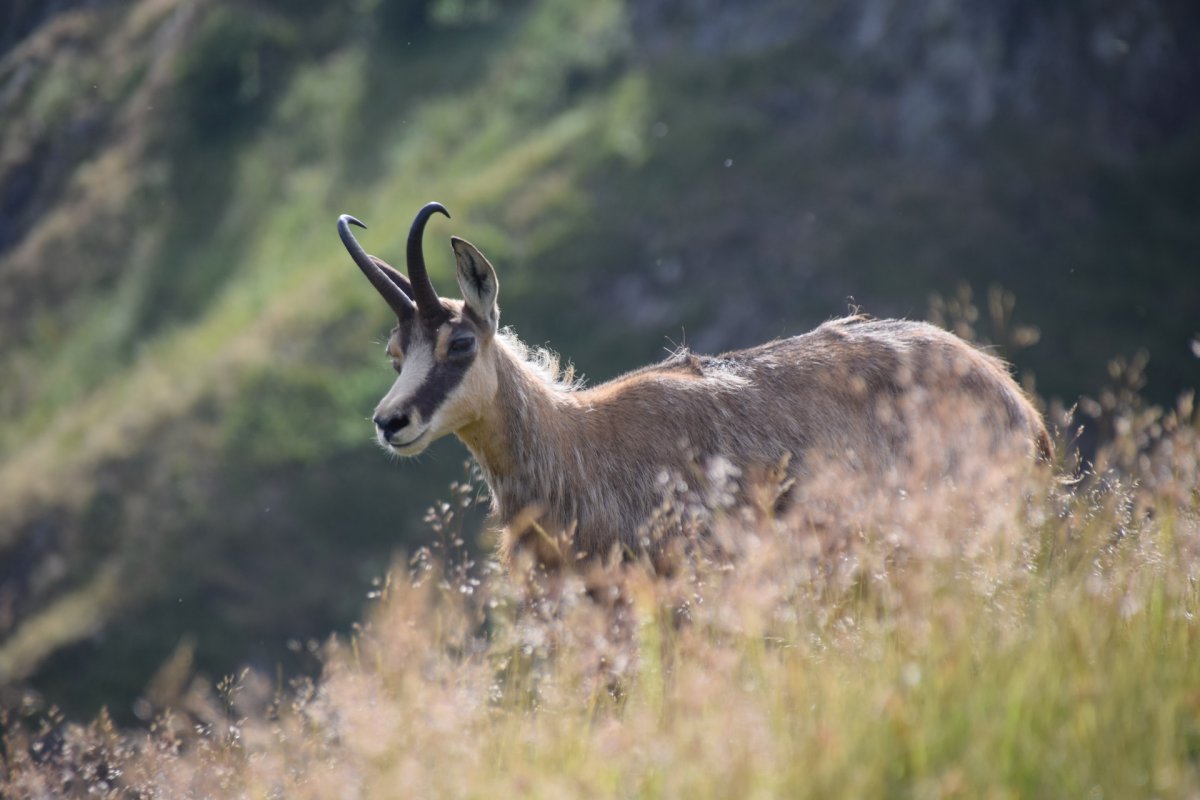
- Name: Anatolian chamois
- Scientific name: Rupicapra rupicapra asiatica
- Conservation status:
Speaking of which, the chamois, also known as the Alpine chamois, is a species of goat-antelope native to European mountain ranges and found as far east as the northeastern mountains of Turkey and the Caucasus.
The local subpopulation of the chamois is known as the Anatolian chamois or the Turkish chamois. It inhabits the rocky terrains and rugged mountains of the country, usually at elevations of at least 3,600 m / 11,800 ft.
3. Caucasian lynx
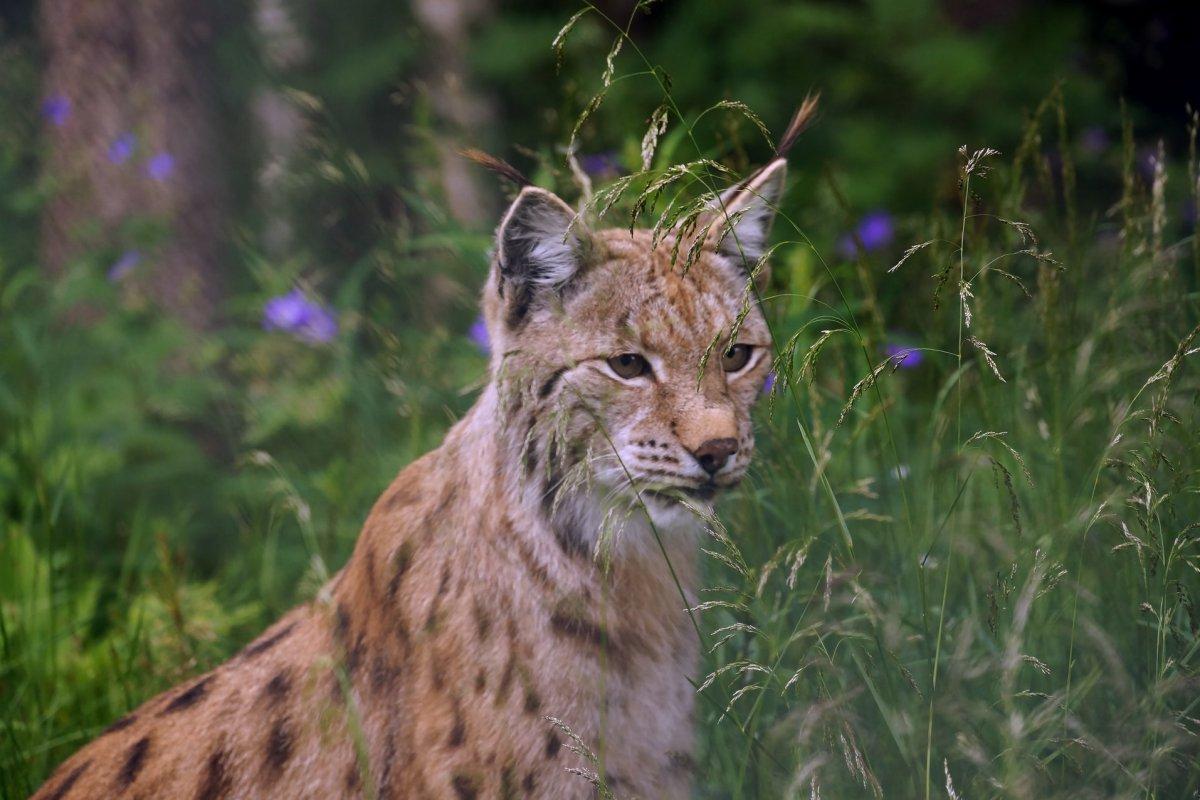
- Name: Caucasian lynx
- Scientific name: Lynx lynx dinniki
- Conservation status:
The Caucasian lynx, also known as the eastern lynx or the Caucasus lynx, is the subspecies of the Eurasian lynx found in the Caucasus, Iran, Turkey, and European Russia. It is listed as vulnerable in Iran, but its global numbers and trends are not known.
This felid hides in the heights of the mountains of Turkey and is particularly elusive and shy. Because of this, it is very difficult to estimate its numbers and know more about it.
4. Risso’s dolphin
- Name: Risso’s dolphin
- Scientific name: Grampus griseus
- Conservation status:
Risso’s dolphin is a species of dolphin found somewhat close to the coastlines of all continents, except for the southern half of the Atlantic Ocean. It has suffered a lot from entanglement in fishing nets, but since the rise of dolphin-friendly fishing methods, its populations are doing much better.
This dolphin has teeth but does not need them to feed, and only uses them as display weapons during mating conflicts.
5. Egyptian fruit bat
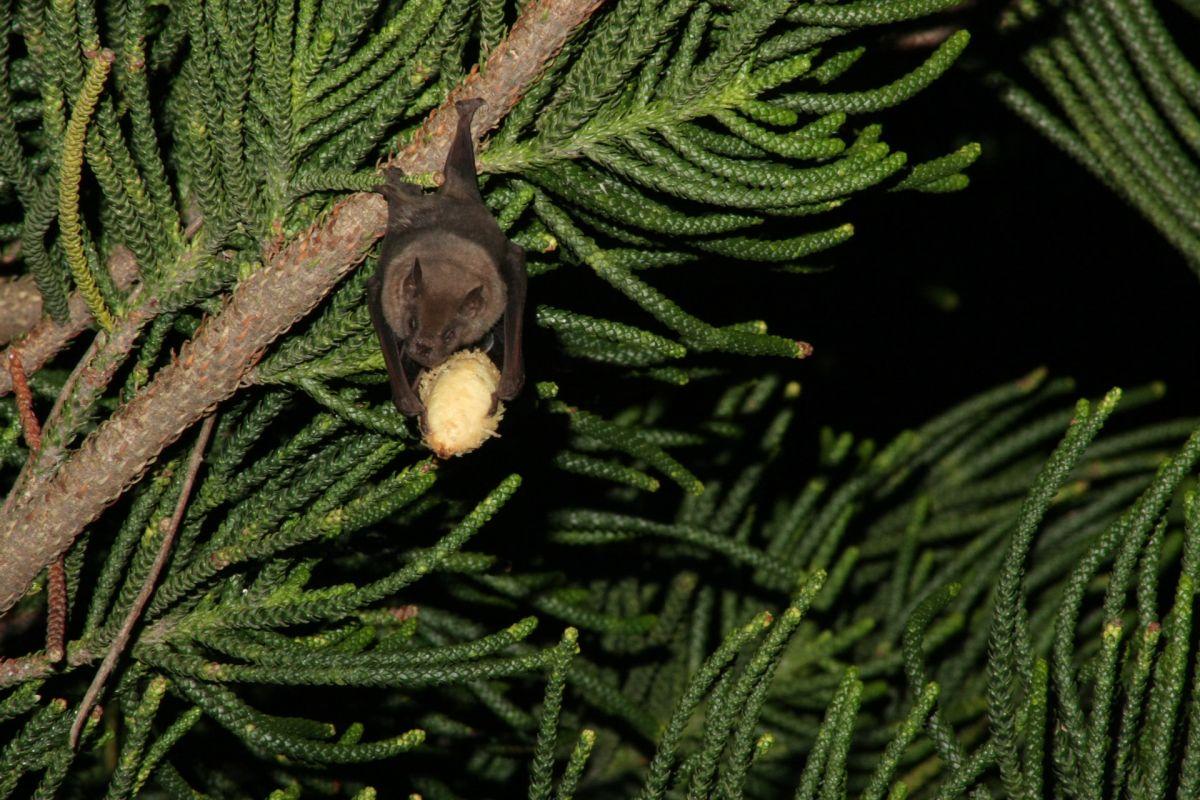
- Name: Egyptian fruit bat
- Scientific name: Rousettus aegyptiacus
- Conservation status:
The Egyptian fruit bat, also known as the Egyptian rousette, is a species of megabat native to Africa, the Mediterranean Basin, the Indian subcontinent, and the Middle East. It can be found in the southernmost areas of Turkey, near the Mediterranean shoreline.
This bat is highly social and lives in large colonies of several thousands of individuals. As its name suggests, it is a frugivore that adapts its dietary habits depending on seasonal availability, and it is thus considered a pest by many farmers.
6. White-headed duck
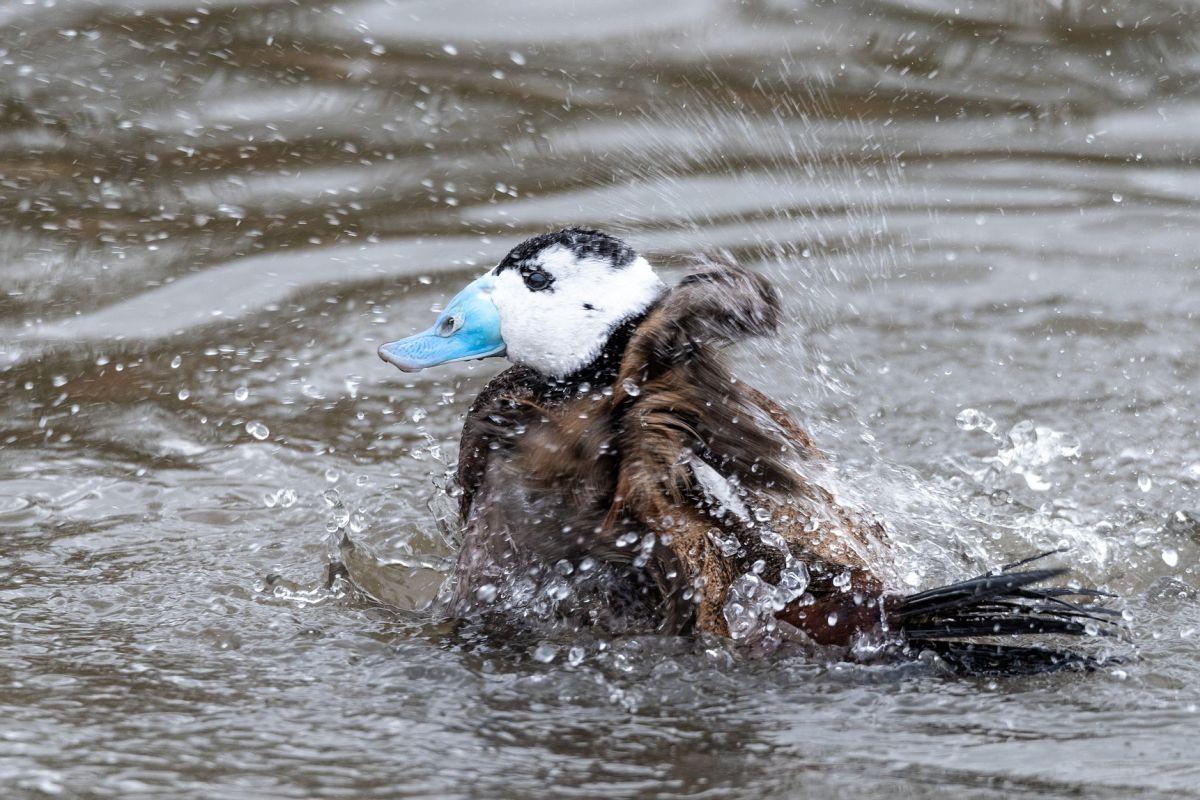
- Name: White-headed duck
- Scientific name: Oxyura leucocephala
- Conservation status:
The white-headed duck is a small species of duck native to North Africa, western and central Asia, and Spain. It is seriously endangered by pollution and habitat loss, and Turkey is one of its last strongholds, being home to a large population.
This duck is migratory and flies to warmer countries such as Turkey during the winter. It swims and dives underwater, and is omnivorous, although it majorly feeds on plant material.
7. Desert monitor
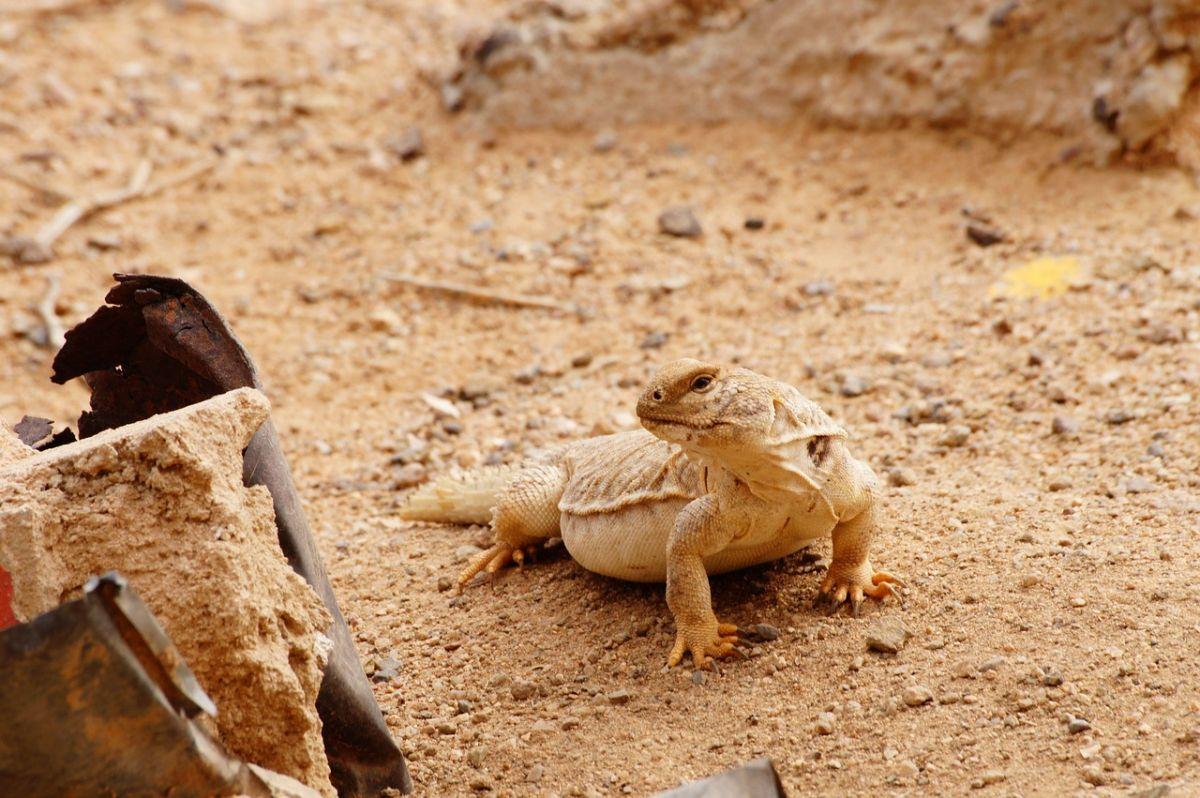
- Name: Desert monitor
- Scientific name: Varanus griseus
- Conservation status:
The desert monitor is a species of monitor lizard native to North Africa, as well as Central and South Asia. It is carnivorous and feeds on a broad range of vertebrates and invertebrates.
This reptile does not survive for very long in captivity, mostly due to very specific survival requirements. One specimen, which had been particularly taken care of, lived for more than 17 years.
8. Javelin sand boa
- Name: Javelin sand boa
- Scientific name: Eryx jaculus
- Conservation status:
The javelin sand boa is a species of snake found in eastern Europe, the Middle East, North Africa, and the Caucasus. It was recently rediscovered in Romania and Italy, from which it had disappeared for 80 years.
Interestingly enough, the javelin sand boa’s interaction with humans dates back to Ancient Greek times, when warriors would use these snakes as projectiles to cause confusion and fear among enemy lines!
9. Bearded vulture
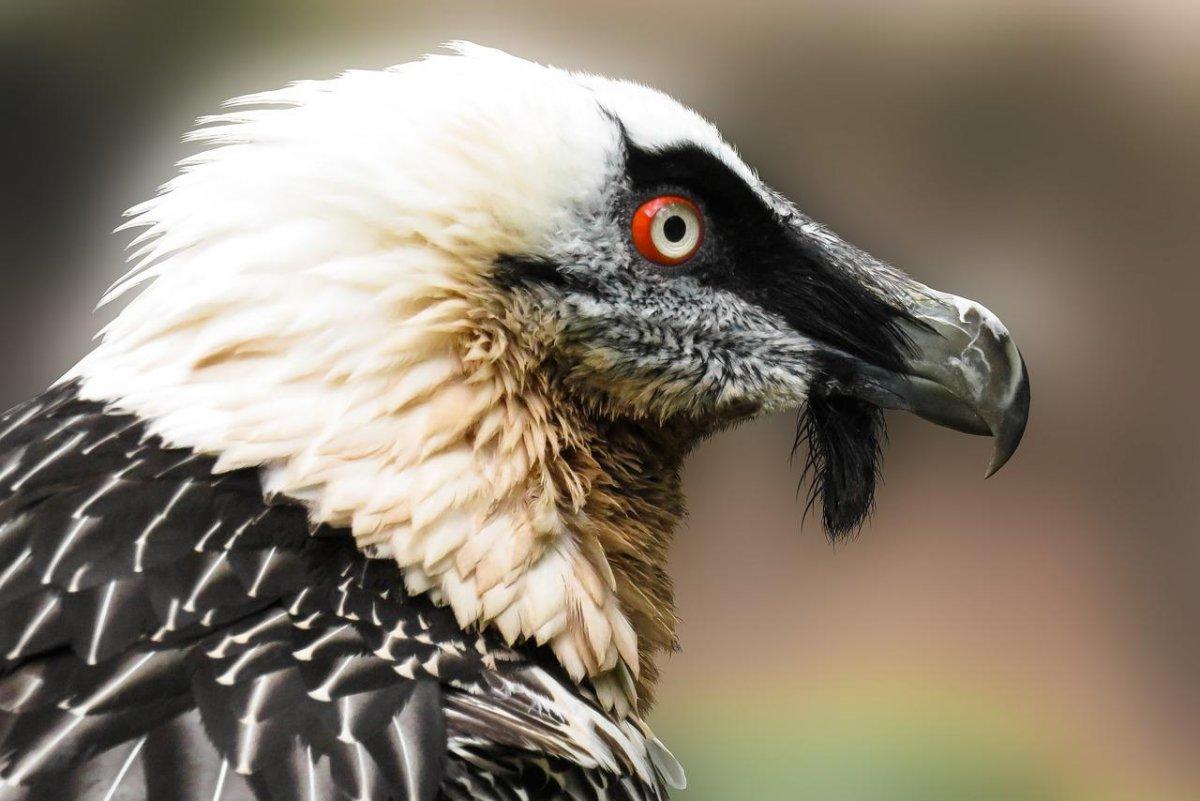
- Name: Bearded vulture
- Scientific name: Gypaetus barbatus
- Conservation status:
The bearded vulture, also known as the ossifrage or the lammergeier, is one of the most unique and intriguing vultures and animals in the world: it almost exclusively feeds on bones and their marrow, cracking them open by dropping them from a high altitude.
This vulture is globally on the decline, being considered near threatened with extinction since 2014, which is mainly due to habitat loss, trophy hunting, and poisoning.
10. Brown fish owl
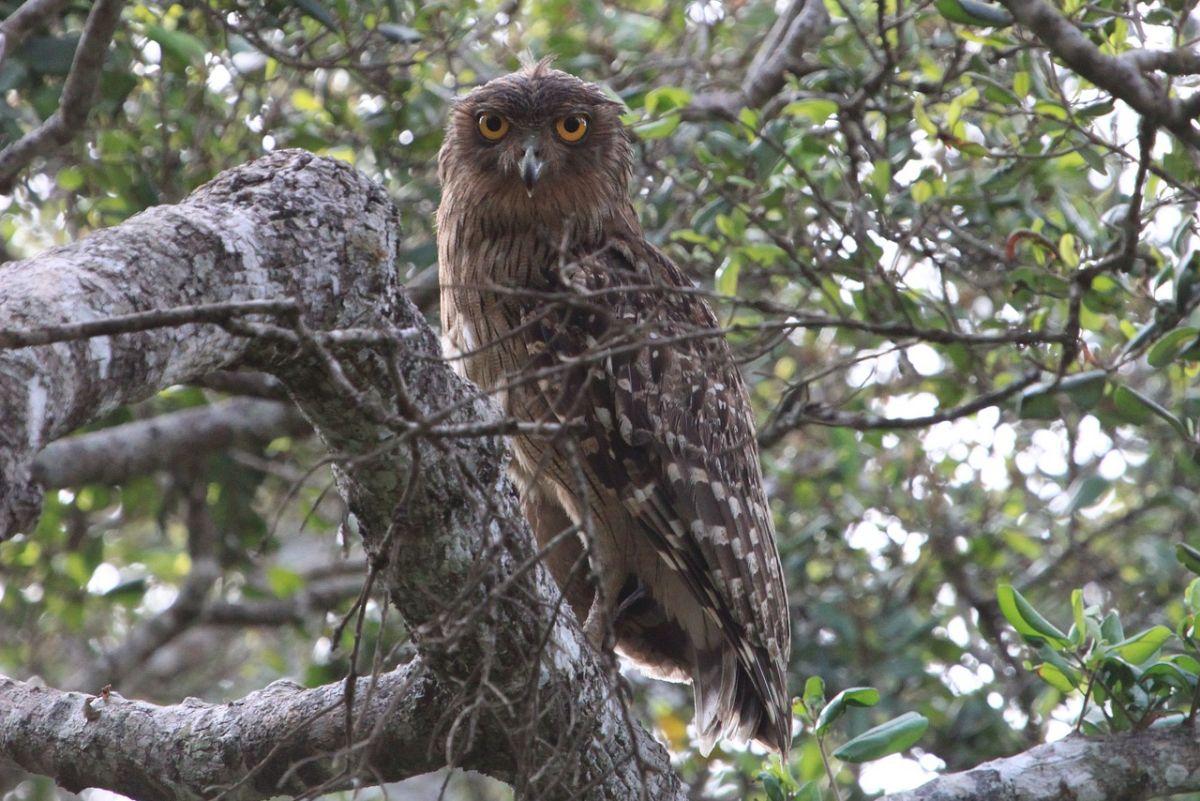
- Name: Brown fish owl
- Scientific name: Ketupa zeylonensis
- Conservation status:
The brown fish owl is a species of owl native to Turkey and as far as southeastern Asia. It inhabits dense, wooded woodlands, and has a very wide distribution of about 7,000 km / 4,3000 mi. As its name suggests, it primarily feeds on fish, grabbing its food while gliding just over the water’s surface.
The subpopulation of the brown fish owl found in Turkey is slightly larger and paler than others. It breeds around Oymapınar Dam every year.
11. Turkish hamster
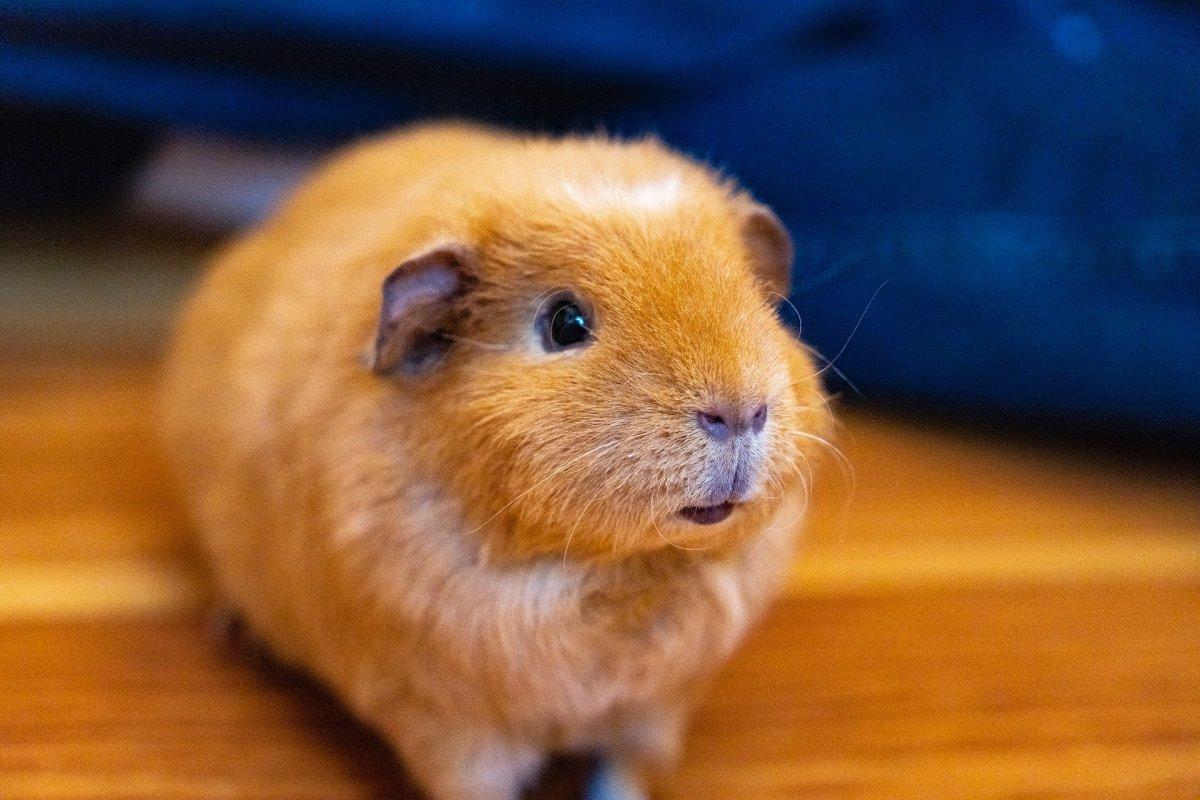
- Name: Turkish hamster
- Scientific name: Mesocricetus brandti
- Conservation status:
The Turkish hamster, also known as the avurtlak, the Brandt’s hamster, or the Azerbaijani hamster, is a species of hamster native to Turkey, Armenia, and their surrounding countries. It is rarely kept in captivity, and its population is globally on the decline, although it is still used in laboratory testing.
This rodent lives for about 2 years and is solitary and nocturnal. It has cheek pouches that allow it to carry large quantities of food at once.
12. Indian crested porcupine
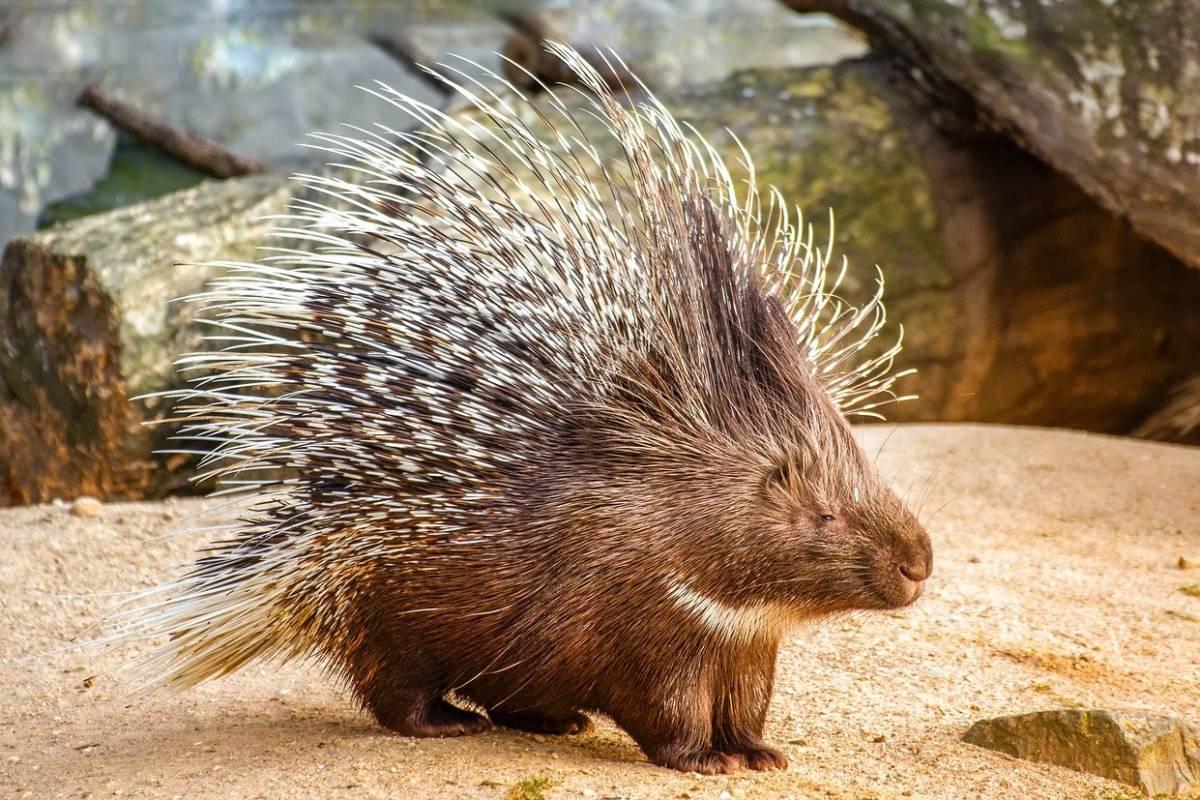
- Name: Indian crested porcupine
- Scientific name: Hystrix indica
- Conservation status:
The Indian crested porcupine is a species of Old World rodent native to the Middle East and western Asia. It inhabits the grasslands, forests, temperate shrublands, gardens, and plantations of Turkey, and feeds on a very broad diversity of plant and animal matter, from fruits, grains, and roots to small vertebrates and insects.
This porcupine is known for chewing on bones, thus reinforcing its quills, which are its main defense mechanism.
13. Steppe eagle
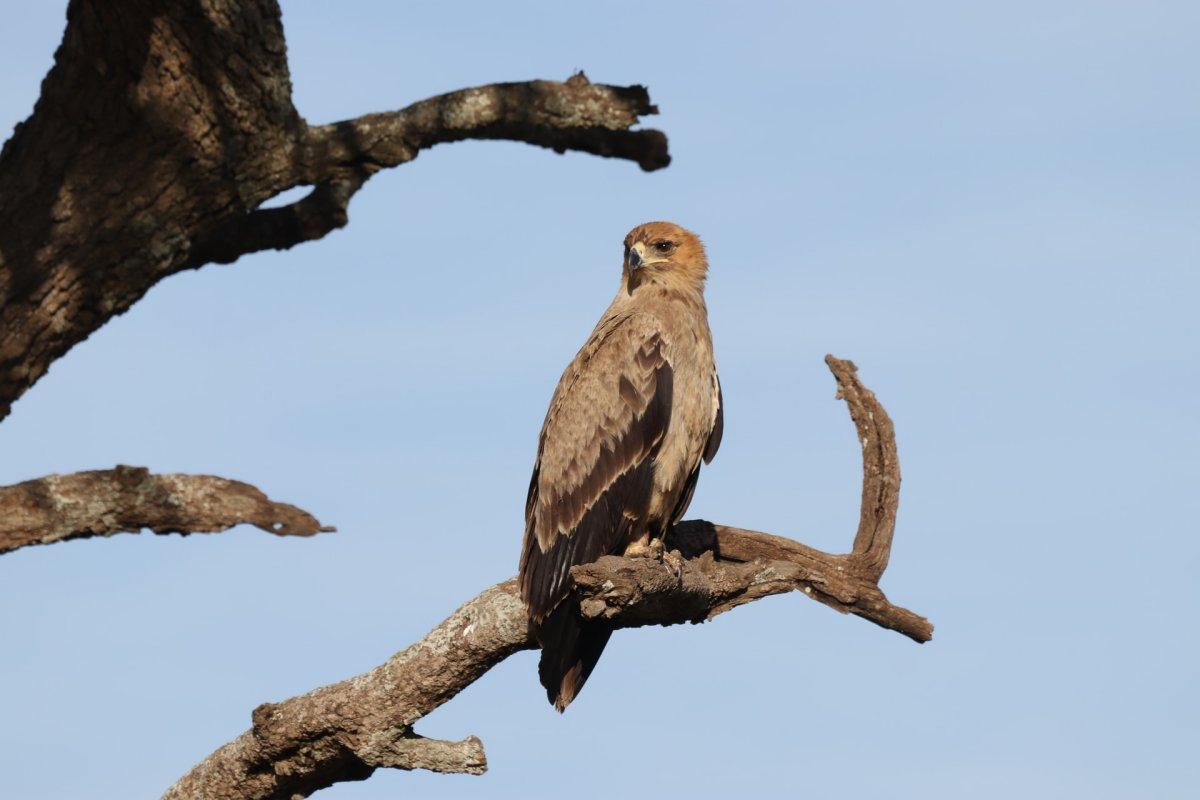
- Name: Steppe eagle
- Scientific name: Aquila nipalensis
- Conservation status:
The steppe eagle is a large species of bird of prey native to much of Asia and Africa. It is a migratory bird, spending the winter in most of sub-Saharan Africa and the Indian subcontinent, and stops in Turkey on the way there.
This eagle is bulky and robust and has a dark-brown plumage. It is unique in many ways, being a specialized predator of ground squirrels, but also being the only eagle nesting primarily on the ground.
14. European jackal
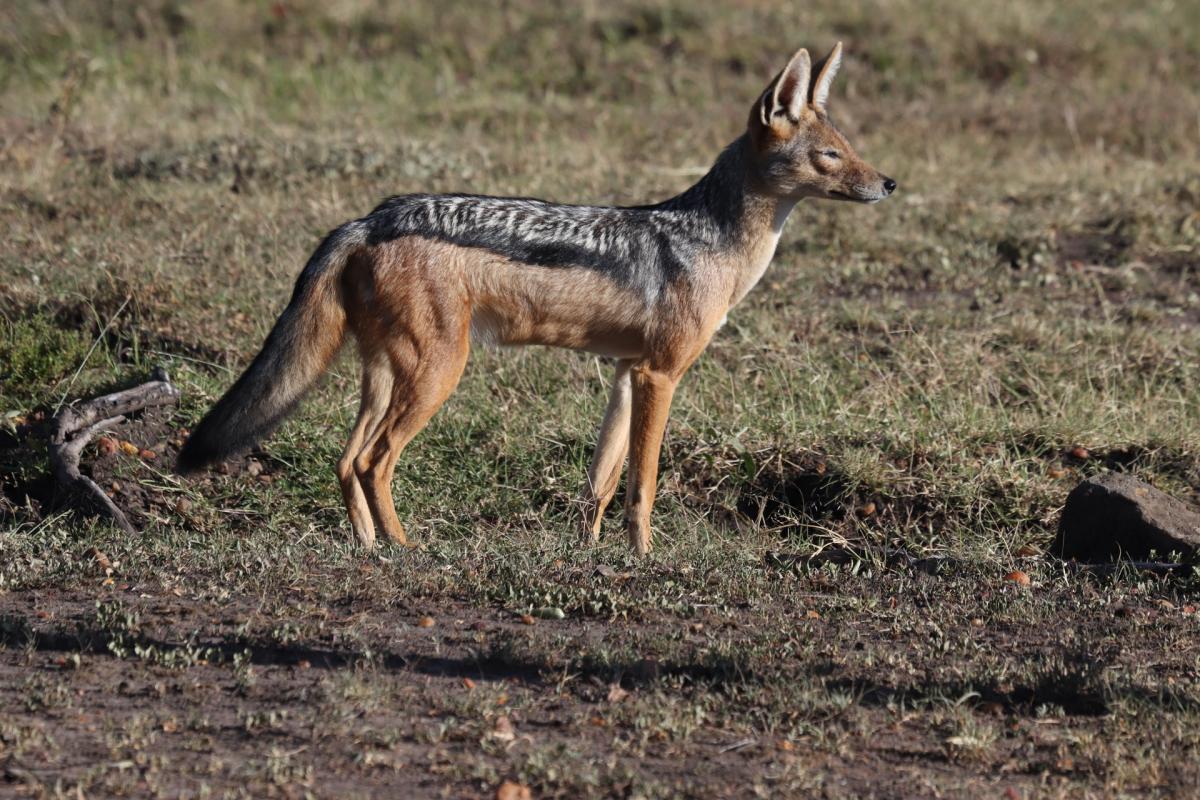
- Name: European jackal
- Scientific name: Canis aureus moreoticus
- Conservation status:
The European jackal is a subspecies of the golden jackal. It is found around Anatolia, southeastern Europe, and the Caucasus, and there are about 70,000 to 117,000 individuals in the wild.
This jackal is known in Turkey for feeding on endangered turtles’ eggs. Although it is globally expanding, especially throughout Europe, it is most likely on the decline in Turkey. The reason for the wide expanse of the jackal is the decline of its main competitor, the gray wolf.
15. Green sea turtle
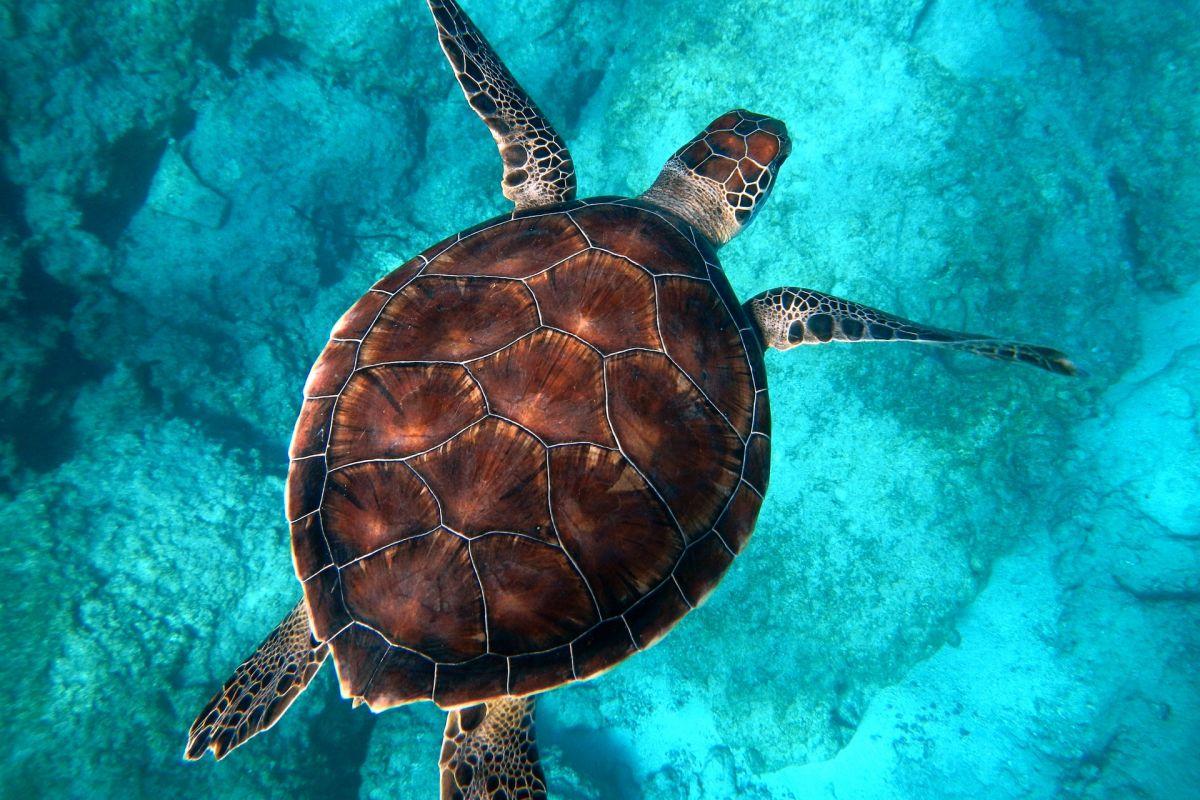
- Name: Green sea turtle
- Scientific name: Chelonia mydas
- Conservation status:
The green sea turtle, also known as the Pacific green turtle, the green turtle, or the black turtle, is one of the turtles seriously endangered by the European jackal in Turkey. Not only that, but it also suffers a lot from human activities such as pollution, fishing accidents, and hunting for decorative purposes.
Green sea turtles are essential for the ecosystem they live in: they feed on seagrass by trimming only the top, helping improve the growth and health of the seagrass beds.
16. Euphrates softshell turtle
- Name: Euphrates softshell turtle
- Scientific name: Rafetus euphraticus
- Conservation status:
The Euphrates softshell turtle, also known as the Mesopotamian softshell turtle, is a species of softshell turtle native to much of the Euphrates-Tigris basin located in Turkey, Syria, Iraq, and Iran. It is listed as endangered due to habitat alteration and loss, mainly due to the building of dams, as well as hunting and pollution.
As its name implies, this turtle has a smooth, leathery shell. It feeds on fish and carcasses, as well as birds, plants, and insects.
17. Common chameleon
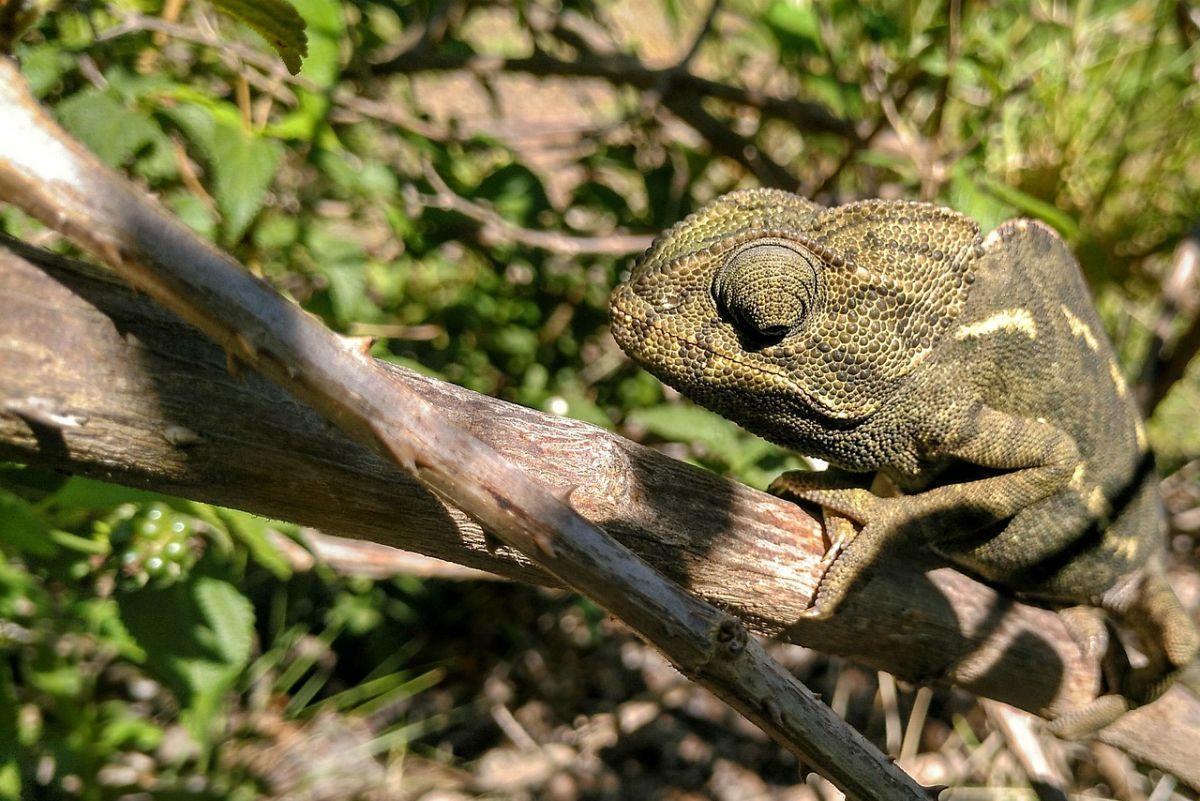
- Name: Common chameleon
- Scientific name: Chamaeleo chamaeleon
- Conservation status:
The common chameleon, also known as the Mediterranean chameleon, is a species of chameleon native to the Mediterranean Basin, and it can thus be found on the southern coastline of Turkey. It is the only chameleon naturally inhabiting Europe.
This reptile is insectivorous and is known for catching insects with its rapidly expanding, long, and sticky tongue. Although considered of least concern, it suffers from habitat loss, agricultural intensification, and roadkill, as well as wildfires (only in Turkey).
18. Northern bald ibis
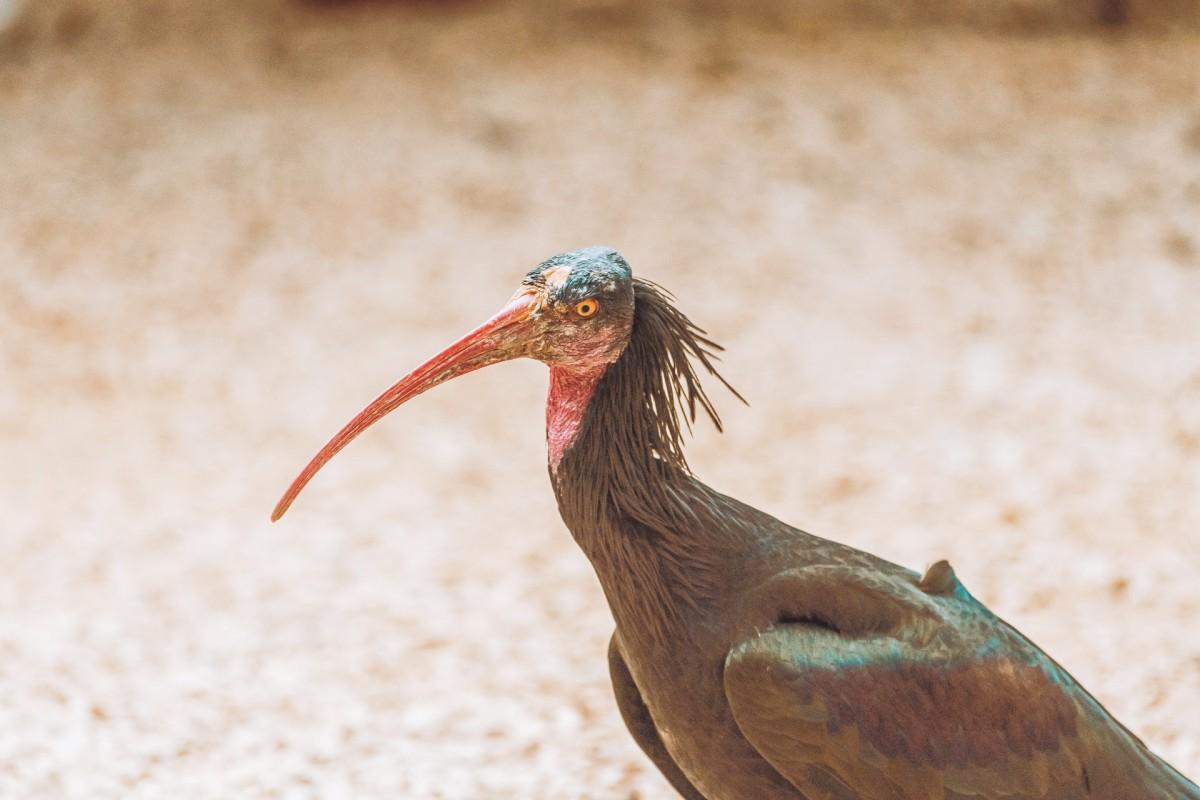
- Name: Northern bald ibis
- Scientific name: Geronticus eremita
- Conservation status:
The northern bald ibis, also known as the waldrapp or the hermit ibis, is a species of ibis native to the Middle East, southern and central Europe, and northern Africa. After disappearing from much of its range, it can almost exclusively be found in Morocco.
Thanks to conservation programs, the northern bald ibis has had a semi-wild colony in Turkey, with almost 250 individuals, since 2018.
19. Striped hyena
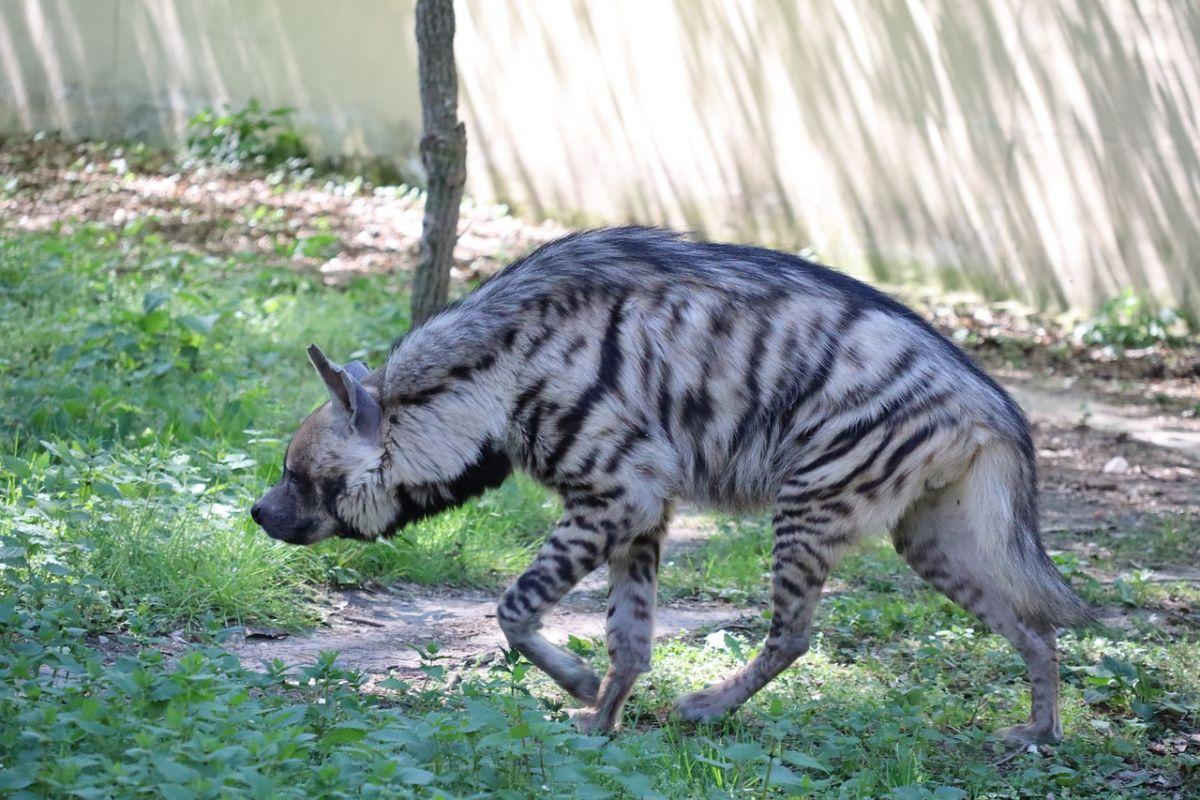
- Name: Striped hyena
- Scientific name: Hyaena hyaena
- Conservation status:
The striped hyena is a species of hyena native to the Indian subcontinent, the Middle East, the Caucasus, Central Asia, and northern and eastern Africa. Opposite to its famous relative, the spotted hyena (famous for its laugh), it is on the decline, and fewer than 10,000 mature individuals remain in the wild.
This hyena is primarily a scavenger, but it is also known to attack its prey, sometimes humans.
20. Brown bear
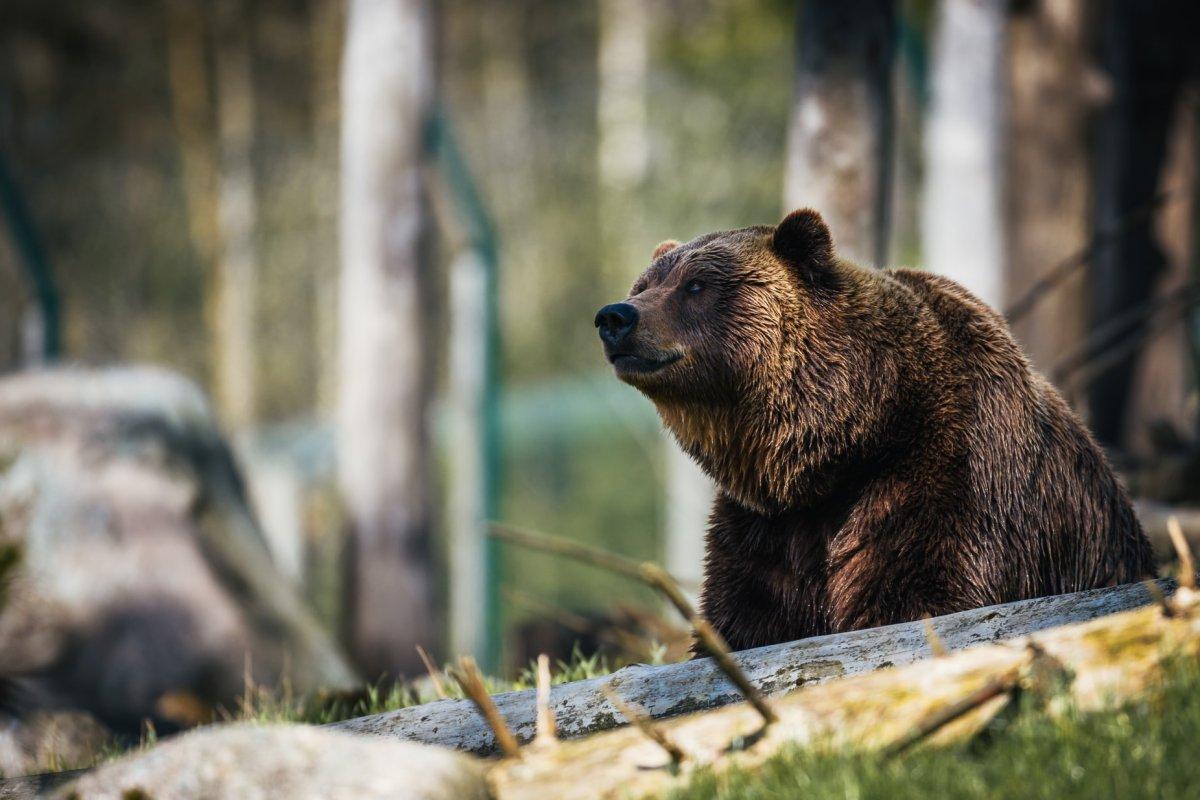
- Name: Brown bear
- Scientific name: Ursus arctos
- Conservation status:
I made you wait for it, but there it is, the largest terrestrial carnivore in Turkey, and the second-largest one in the world after the polar bear: the brown bear!
The brown bear is a large species of bear found across much of Eurasia. Although its range has shrunk over the years, there are still more than 110,000 individuals in the world, and they can be found almost anywhere in the Northern Hemisphere.
21. Caucasian badger
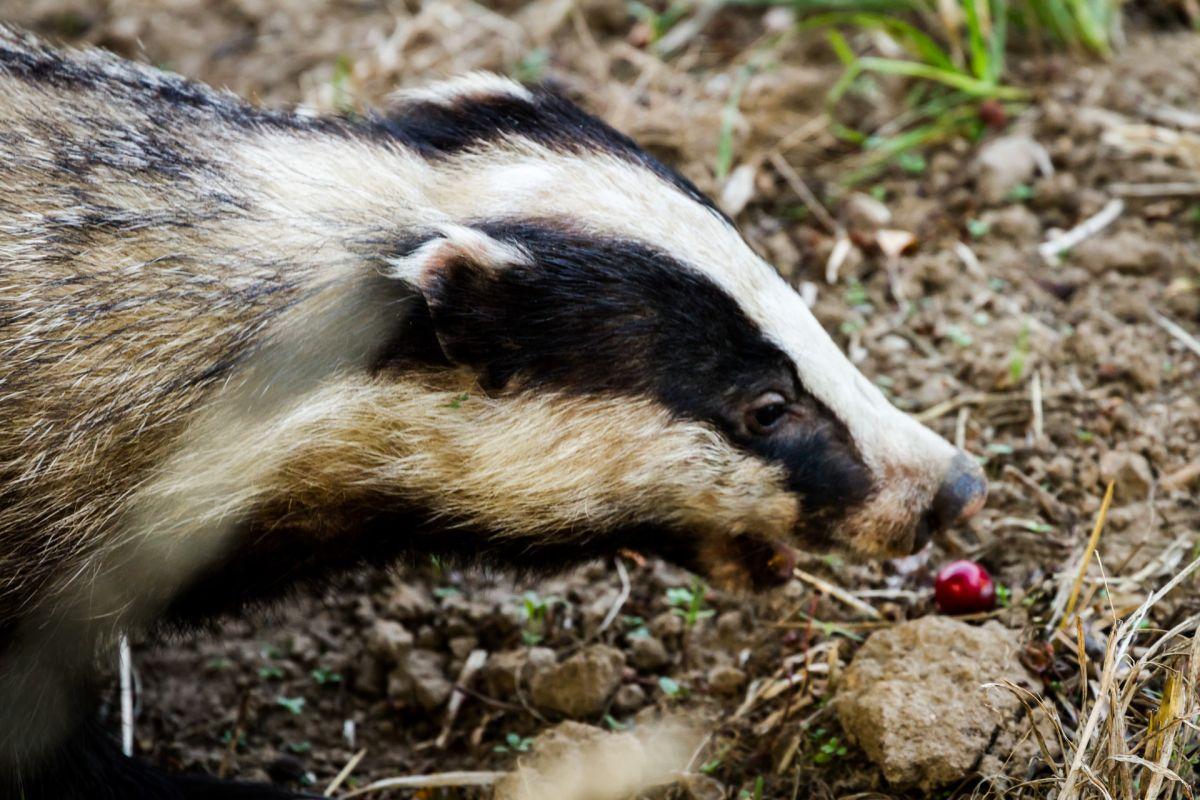
- Name: Caucasian badger
- Scientific name: Meles canescens
- Conservation status:
The Caucasian badger, also known as the Southwest Asian badger, is a species of mustelid native to some islands of the Mediterranean Sea, as well as the Middle East and Western Asia. It is smaller than the European badger, much more widespread and well-known, and can be found in the mountains of Turkey.
This badger is further divided into 4 subspecies, the Fergana badger, the Rhodes badger, the Cretan badger, and the Transcaucasian badger.
22. Mouflon
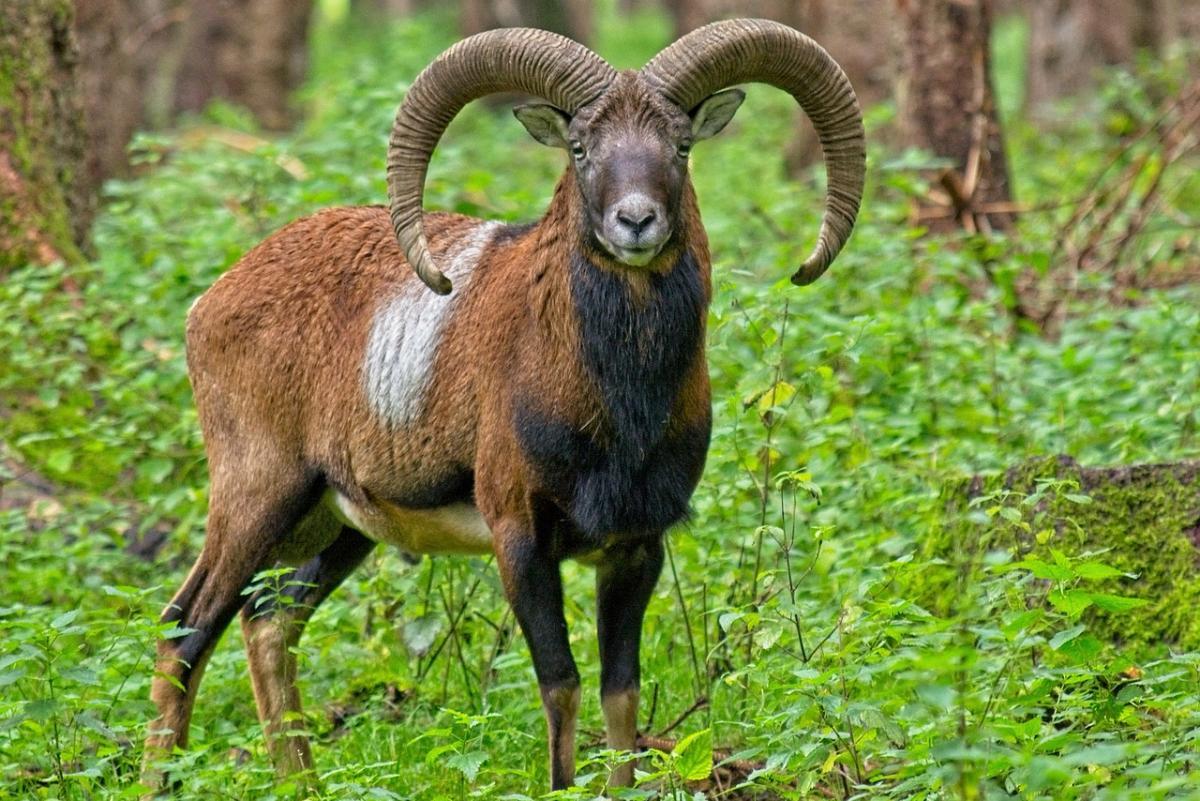
- Name: Mouflon
- Scientific name: Ovis gmelini
- Conservation status:
The mouflon is a species of wild sheep native to the Caspian region, in eastern Turkey, Azerbaijan, Armenia, and Iran. It is most likely the ancestor of all modern domestic sheep.
This mammal has a dark brown or reddish coat and can be hunted in Turkey with a special license. There is a strict dominance hierarchy amongst male mouflons, which is settled by fighting one another.
23. Mountain gazelle
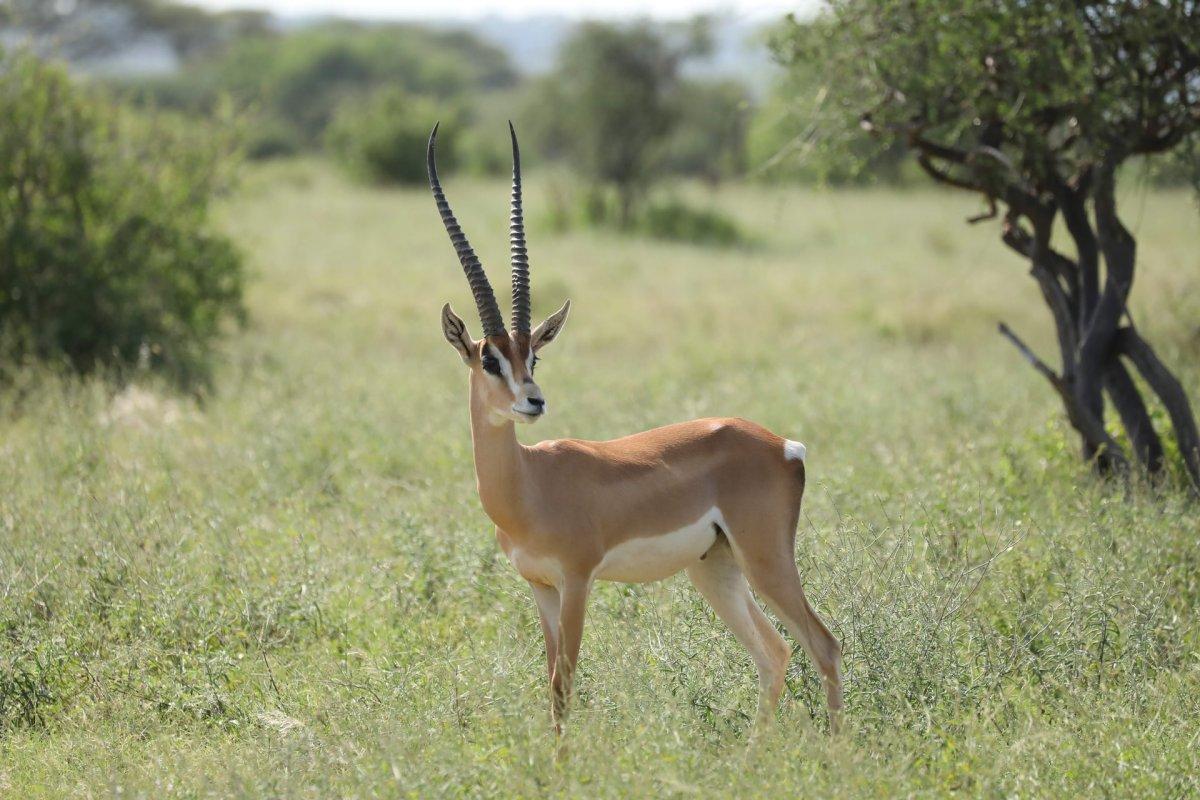
- Name: Mountain gazelle
- Scientific name: Gazella gazella
- Conservation status:
In case you were wondering, yes, the arid steppes of Turkey are ideal for multiple species of gazelles, including the mountain gazelle. Also known as the Palestine mountain gazelle, it is an endangered mammal with a wide but uneven distribution.
Both male and female mountain gazelles have horns, which is very rare among mammals. On top of the mountain gazelle, you will find one of its subspecies in Turkey, the Hatay mountain gazelle, which lives on the northern border of Syria and the Hatay Province of Turkey.
—
So there you have them, these were my 23 wild animals of Turkey. I hope you enjoyed this list and that you learned something new today.
In case you want to learn more about the native animals of Turkey, feel free to keep reading, as I still have lots of things to tell you about:
Endangered Animals of Turkey
This is definitely the saddest part of the list, but it is very important to raise awareness. Because of this, let’s go through the list of endangered animals in Turkey.
Here are the animals in danger of extinction in Turkey.
- Beyşehir bleak
- Eğirdir minnow
- Gölçük killifish
- Iznik shemaya
- Kurdistan newt
- Taurus gudgeon
- Aci Göl killifish
- Diyarbakir spined loach
- Stellate sturgeon
- and 46 more…
- Pisidian spring minnow
- Mediterranean monk seal
- European souslik
- Anatolian tiger
- Euphrates softshell turtle
- and 82 more…
To see the full list of endangered species in Turkey, head over to the International Union for Conservation of Nature’s Red List.
What is the National Animal of Turkey?
The national animal of Turkey is the gray wolf.
While the Turkish angora is the national cat and the Kangal shepherd dog is the national dog, it is the gray wolf that embodies Turkey amongst the wildlife.
There are about 7,000 gray wolves in Turkey, and about 1,000 to 2,000 in the neighboring Middle East. They live in the mountainous areas of the country and symbolize strength and courage. They also play an important role in Turkish mythology, being depicted as the savior of a harmed little boy.
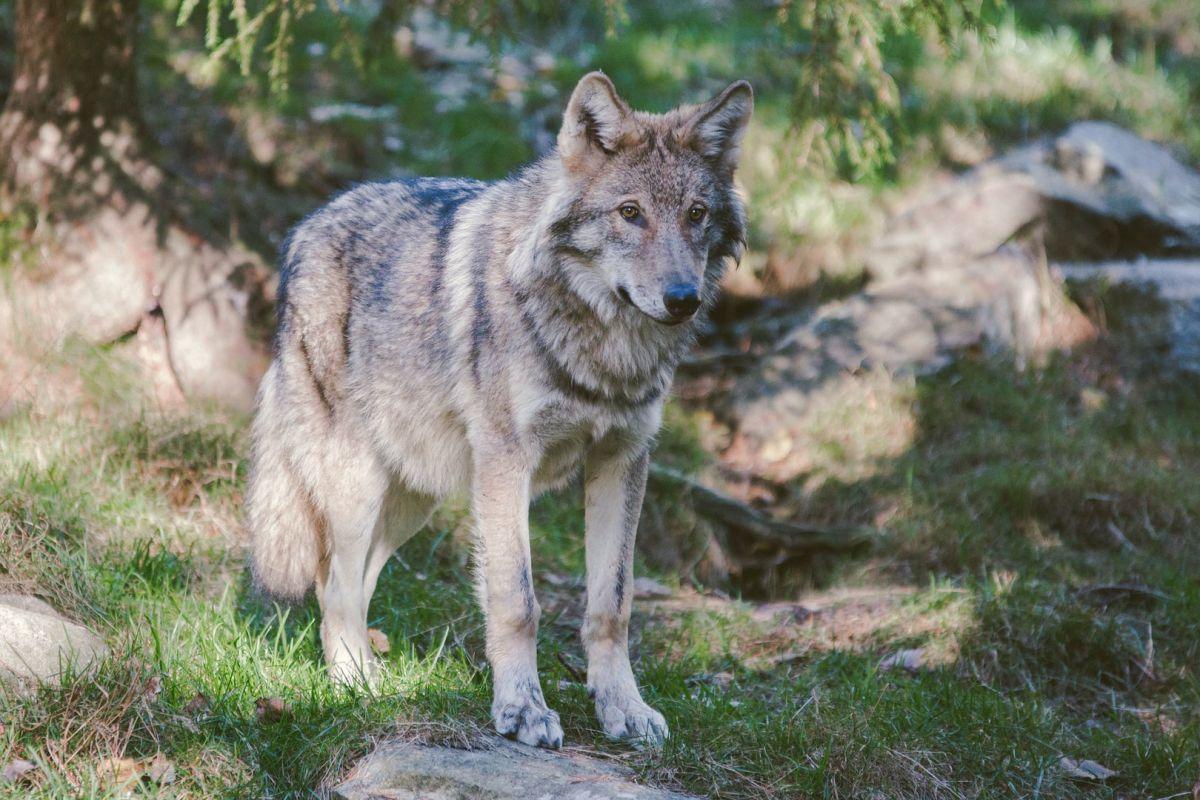
How Many Animals Native to Turkey?
What is the diversity of native animals in Turkey?
Let’s look at the total number of species of Chordata (mammals, birds, fishes, and reptiles).
Total number of animal species in Turkey: 1,468 (5,029 in total in West and Central Asia)
What animal is most common in Turkey?
There are a lot of common and widespread animals in Turkey, but the most common of them is the water buffalo.
Largely domesticated in the country, it is of the Anatolian buffalo breed in Turkey. This bovid feeds on several types of aquatic plants and is native to southern and southeastern Asia.
More About Animals in the World!
Loved these Turkey animals facts? Want to see what animals live in other countries?
Then check out these posts:
Or click here to see ALL the facts up on the blog! Spoiler alert: there’s A LOT of them.
Share the knowledge! Click on the buttons below to share information about these animals that live in Turkey with your friends, and help them learn more about the world :)ani
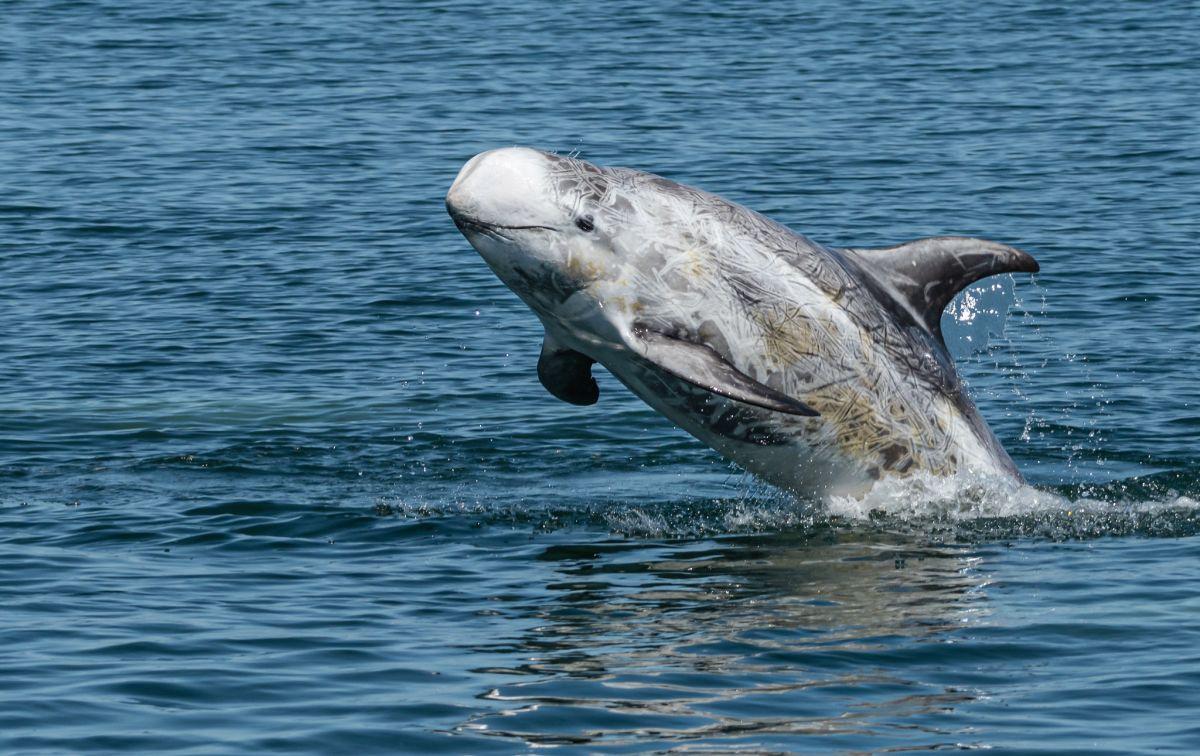
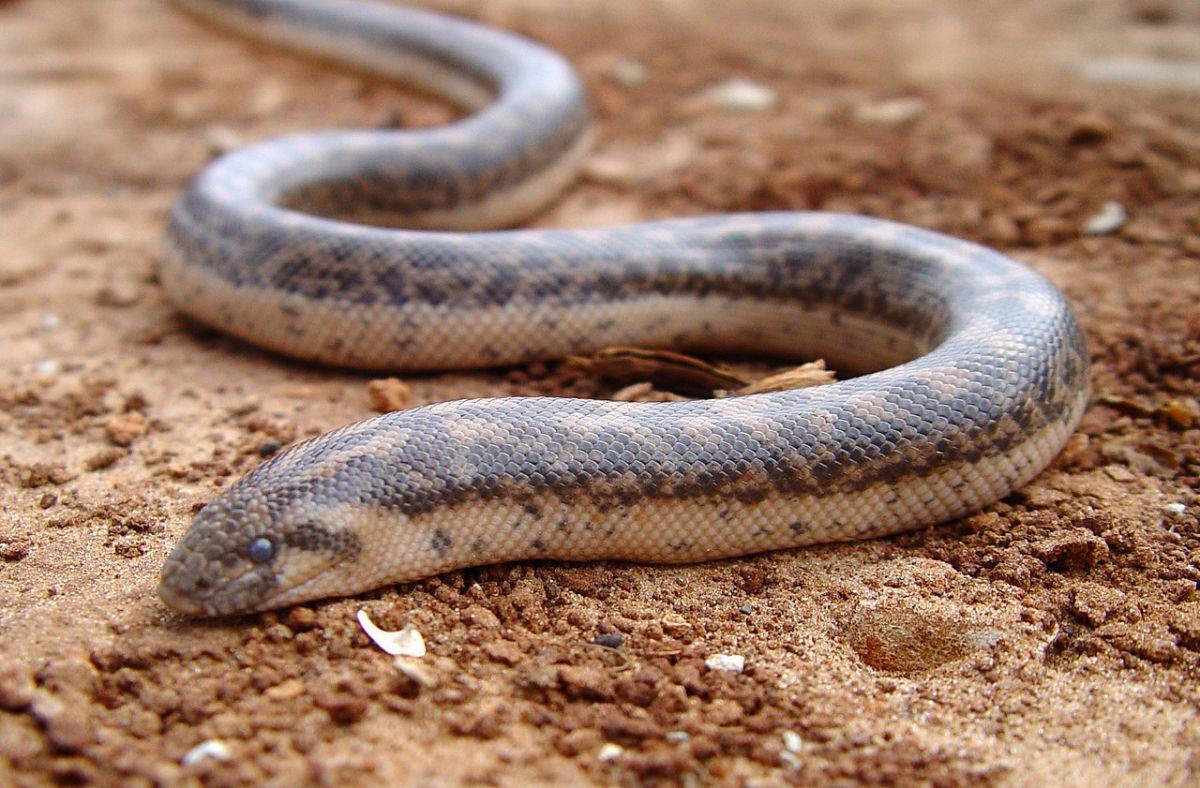
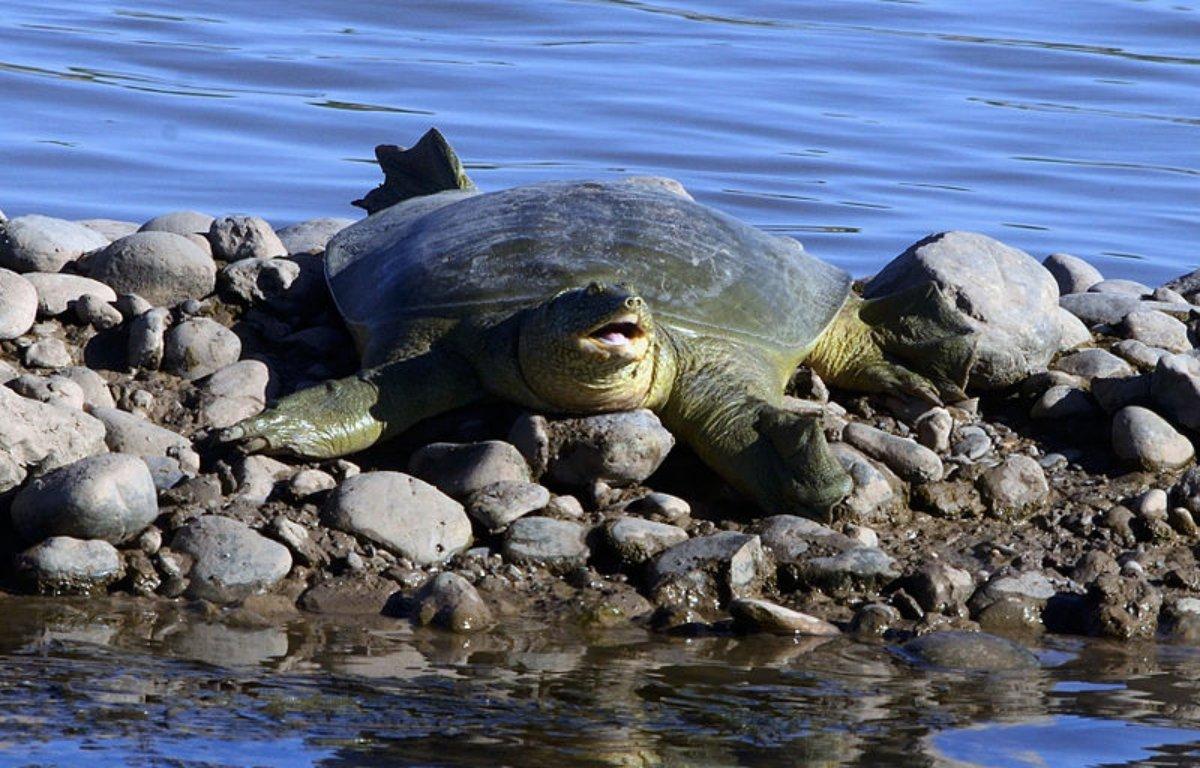

![21 Wild Animals in The Bahamas [Wildlife in The Bahamas]](https://www.kevmrc.com/wp-content/uploads/2022/08/21-wild-animals-in-the-bahamas.jpg)
![15 Wild Animals in Malta [Wildlife in Malta]](https://www.kevmrc.com/wp-content/uploads/2022/06/15-wild-animals-in-malta.jpg)
![33 Wild Animals in South Africa [Wildlife in South Africa]](https://www.kevmrc.com/wp-content/uploads/2022/12/33-wild-animals-in-south-africa.jpg)